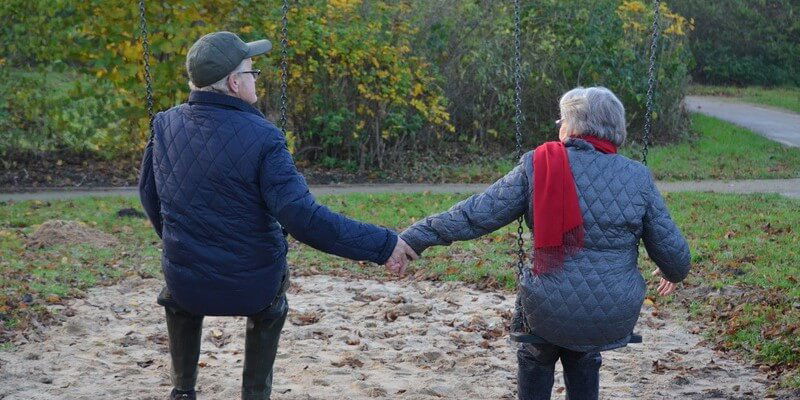Compassion Focused Therapy (CFT) is a form of therapy that focuses on developing compassion towards oneself and others as a way to alleviate suffering and promote well-being. This therapeutic approach was developed by Professor Paul Gilbert and is grounded in evolutionary psychology, attachment theory, and neuroscience.
CFT is particularly helpful for individuals who struggle with self-criticism, shame, and low self-esteem, as it helps them cultivate a kinder and more compassionate attitude towards themselves. In addition, CFT can also help individuals develop more compassionate relationships with others and navigate difficult emotions such as anger, jealousy, and resentment.
There are various techniques and exercises that are used in CFT to help individuals cultivate compassion. Here are 16 Compassion Focused Therapy Techniques & Exercises:
1. Compassionate Breathing: This exercise involves taking slow, deep breaths while focusing on feelings of warmth and compassion towards oneself.
2. Compassionate Letter Writing: In this exercise, individuals write a letter to themselves or someone they care about, expressing kindness, understanding, and support.
3. Compassionate Body Scan: This exercise involves paying attention to different parts of the body and sending feelings of warmth and kindness to each area.
4. Compassionate Mindfulness: This involves practicing mindfulness while cultivating feelings of compassion towards oneself and others.
5. Compassionate Self-Visualization: This exercise involves visualizing oneself as a compassionate and caring person, and reflecting on how it feels to embody these qualities.
6. Compassionate Chair Work: In this exercise, individuals imagine having a conversation with their compassionate self, who offers support and guidance.
7. Compassionate Affirmations: This involves repeating compassionate statements or affirmations to oneself, such as “I am worthy of love and kindness.”
8. Compassionate Touch: This exercise involves giving oneself a gentle touch or hug, which can help activate the body’s soothing system.
9. Compassionate Imagery: This involves visualizing a compassionate figure, such as a caring friend or a nurturing parent, who offers love and support.
10. Compassionate Attention: This exercise involves paying attention to one’s thoughts and emotions with a sense of curiosity and kindness, rather than judgment.
11. Compassionate Journaling: In this exercise, individuals write about their experiences and emotions from a compassionate perspective, focusing on self-kindness and understanding.
12. Compassionate Metta Meditation: This involves sending loving-kindness and compassion towards oneself, loved ones, neutral individuals, and even difficult people.
13. Compassionate Mantra: This involves repeating a compassionate mantra or phrase, such as “May I be kind to myself and others.”
14. Compassionate Reflection: This exercise involves reflecting on moments of self-compassion and kindness towards others, and recognizing the positive impact of these behaviors.
15. Compassionate Gratitude: This involves expressing gratitude towards oneself and others for acts of kindness and compassion.
16. Compassionate Visualization: This exercise involves imagining oneself in a situation that triggers self-criticism or shame, and then visualizing responding to that situation with compassion and kindness.
These techniques and exercises can help individuals develop a more compassionate mindset, improve their self-esteem and well-being, and build stronger relationships with others. To learn more about these techniques and exercises, you can download a PDF guide on 16 Compassion Focused Therapy Techniques & Exercises.
In conclusion, Compassion Focused Therapy is a powerful approach to cultivating compassion and promoting mental health. By incorporating these techniques and exercises into your daily routine, you can start to develop a kinder and more compassionate relationship with yourself and others. Remember, compassion is a skill that can be learned and practiced, so be patient and gentle with yourself as you embark on this journey towards greater well-being.



